What does the range actually indicate? Does it tell the range of operation of these devices or the range in which the devices can perform optimally given an external polarizing field. correct me if i'm wrong.
-
This is normally (in modern datasheets) referenced to a voltage from "std. finger capacitance model" of 100 pF equiv. cct voltage and resulting current discharge to device with or without ESD diode protection that affects immunity. This looks like an old academic table. These numbers have changed. – Tony Stewart EE75 Oct 06 '16 at 14:35
-
I would add that the level of static discharge sufficient to damage a part would not even be felt by a human (that is why we have things like wrist straps). – Peter Smith Feb 09 '20 at 11:58
2 Answers
Neither, it describes at which voltages a static discharge will interfere with the normal operation of the device.
Depending on technology and internal measures against static discharge (ESD protection) devices are either more or less susceptible for static discharges.
Usually the smaller the manufacturing technology, the more susceptible the device is.
So if you are using some of these devices and know that your circuit will be under influence of larger ESD spikes, you should take external measures to protect your circuit from malfunctioning in a rough environment.
A typical datasheet will contain a rating for that specific device, usually for a human body model and a machine model.
For example:
(Taken from datasheet of STM32F401)
I'd say that you are better off using external devices to handle ESD, but I'm biased because I'm working in an industry where devices have it rough and are expected to run 20 years.
- 17,464
- 1
- 32
- 59
-
it should be noted most internal esd protection are weak and meant to protect during assembly' not during actual use. – DKNguyen Jun 02 '19 at 20:50
Does it tell the range of operation of these devices or the range in which the devices can perform optimally.
No
It's the opposite. These are the range of voltages when applied across the devices even for short term can kill them, weaken them, make them malfunction it other undesired behaviour.
The voltages can be generated by just touching them (static charge) or even storage covers can cause it.. rubbing it against the cover while placing them.
Only for reference:
Search Google for ESD application hand book and ESD protection summary .. there ar every good articles from TI, Littlefuse ,NXP and others..
- 9,151
- 4
- 21
- 50

